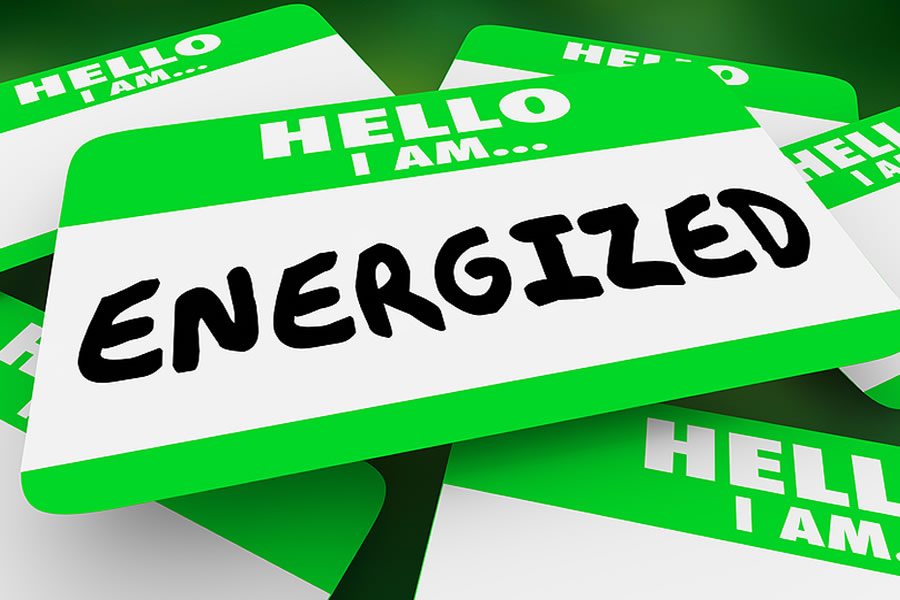
Recently, I received an email from Janet, who asked:
We have been having weekly major gifts meetings for quite some time. Our meetings seem to be getting very stale and everyone dreads them every Monday. I would love to hear if other development teams have weekly meetings, and what they actually discuss each week. Thanks!
Great question, Janet!
I’m guilty of leading boring meetings myself from time to time. And it can be hard to get out of a rut or routine. I was recently in a similar situation myself. Let me tell you about it…
My Own “Snooze-fest” Meetings
Every Monday, my team at the Capital Campaign Toolkit has a planning meeting to help us get organized and ready for the week ahead. We scheduled them for 2-hour blocks (after all, we always have a lot to cover).
Unfortunately, the meetings were kind of deadly — but there wasn’t an immediately obvious solution.
I challenged the team to start by making them shorter. They are now scheduled for 90 minutes, but we often wrap up in under an hour. The goal is to end early while still discussing the necessary agenda items.
In other words, we are now just as thorough in half the time!
Regarding Janet’s initial question — what to discuss during her major gifts meetings — usually you’ll end up discussing your plan to engage specific donors. Pick three prospects / donors per team member who need discussing. Maybe you need help with next steps, determining an ask amount, or general strategy.
But if your meeting participants are bored and detached, whatever you discuss in your meetings will have trouble getting through. So in this post, I want to offer some tips and tricks to keep your regular development meetings constructive and engaging.
6 Ways to Energize Your Development Meetings
Here are 6 ways to rescue you and your team from those dreaded, boring development meetings.
1. Keep meetings short.
In my keynote talk, Happiness, Habits, and Major Gift Fundraising: Strategies to Survive and Thrive, I recommend “stand up” major gift meetings. This helps ensure a shorter meeting.
The meeting mantra is simple: You can bring your coffee, but you can’t sit down.
There’s also a “tight” agenda. Who are the donors we MUST discuss? What are the next steps we need to take with them and what questions or concerns are there that the group might be able to help with?
2. Use blocking and chunking.
I’m not sure where these concepts came from, but the idea is efficiency. Rather than doing everything on your agenda every week, think about what absolutely needs to be done weekly. What can be done every other week? And what really can be handled once a month?
Instead of planning one week at a time, we now plan one month in advance. This helps streamline the process eliminates at least 30 minutes of meeting time per week.
Chunking also provides an excellent productivity boost for your fundraising.
3. Celebrate success.
Without adding this to the regular agenda, try to infuse random kudos and bits of joy and celebration into your meetings. From time to time, hand out awards or certificates. Provide snacks or goodies at random intervals.
Keep in mind, if this becomes a “regular” occurrence, then it’s “expected” and not as special and impromptu. So keep it random and take advantage of the element of surprise.
4. Choose a new facilitator.
Once in a while, invite a team member to facilitate your regular meeting, or simply rotate facilitators. Encourage each facilitator to add something new to the agenda or rework it entirely. Invite them to be creative in how they run the meeting. Give them a budget to bring snacks or “prizes” (see #3 above).
5. Prepare in advance.
Don’t have meetings simply for the sake of meeting. Make sure your agenda is relevant and meaningful. Incorporate opportunities for each attendee to participate. Make sure each person leaves with next steps and a sense of contributing to the meeting.
6. Ask the team for advice.
Ask your team what ideas they have for improving the meeting. Let them know that all ideas are welcome and valid. Ask them what they appreciate about the current meeting format and what they would recommend as possible changes. Be willing to play around with the format, agenda, timing, and style for a few weeks or months.
In other words, don’t be afraid to experiment and shake things up. You might discover a new way of doing things that’s a great fit for your team.
Additional Resources for Energizing Meetings
Here are two more great articles on how to make boring meetings exciting again. While the second article focuses on capital campaign meetings, the advice shared by Andrea Kihlstedt works beautifully during regular development meetings too.
- 5 Ways To Make Boring Meetings Exciting Again »
- Make Your Capital Campaign Meetings Rock in 5 Steps »
How might you improve your regular development meetings? Let me know in the comments.

Thanks for some great tips on keeping peeps engaged during meetings. I’m particularly vulnerable to getting the “heavy eyelids” during meeting that smack of boredum.
Wonderful, Amy! Thank you, this is very timely and helpful. I have Board Meetings, Committee Meetings and Action Team meetings that I hope to implement these into. As we move away from Zoom, the stand up coffee meetings feel like an even better fit, versus people settling happily in on their couches for a nice long chat.
Thanks so much!